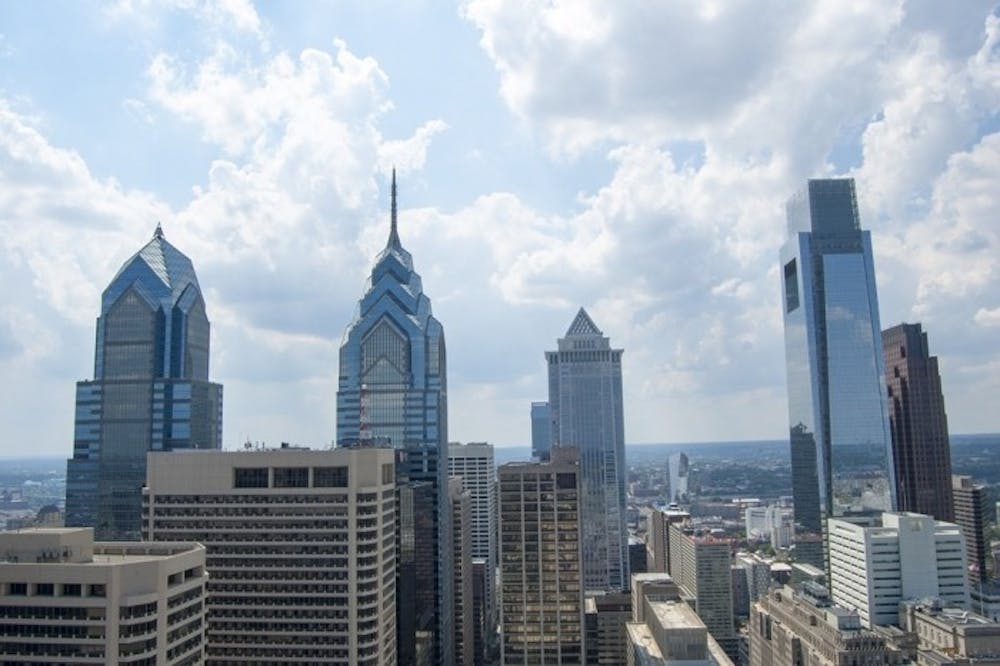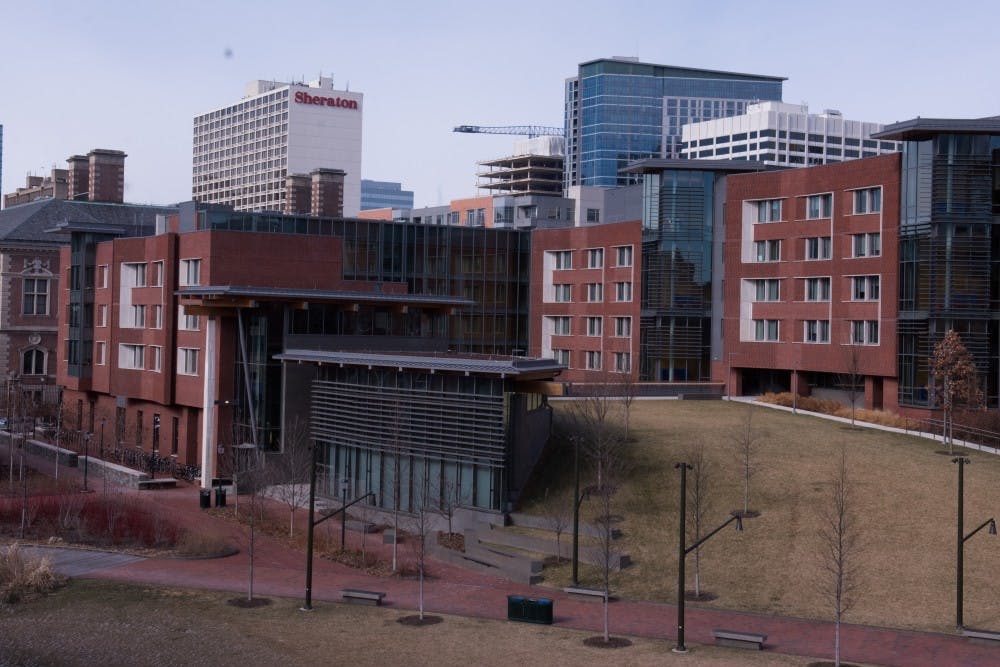
CC0
Penn is not taking part in the Philadelphia 2030 District initiative to promote green and sustainable buildings in West Philadelphia, an effort launched in October 2017 involving the City of Philadelphia, Drexel University, and SEPTA.
The initiative is run by Green Building United, a nonprofit group partnered with the U.S. Green Building Council that works to increase the prevalence of green buildings in the Philadelphia area. Its primary initiative, the Philadelphia 2030 District, is focused on reducing energy use by 50 percent by 2030 in the "standardized district."
This district extends from Center City into University City, covering a majority of Penn’s undergraduate campus, as well as Drexel University’s campus.
However, unlike Drexel, Penn is not a participating property partner in the initiative, which means it has not formally agreed to uphold the goal of decreasing energy, water, and transportation waste output by 50 percent.
“This is not a strategic decision, it’s more about bandwidth,” Penn Sustainability Director Dan Garofalo said. He added that members of the office have been attending meetings with District 2030 representatives, but that the University would be more comfortable picking individual buildings to renovate gradually.
“It would be kind of an initial gesture to have those [buildings] meet the standards of the 2030 plan,” Garofalo said. “Really, it’s a lot to bite off to say that the entire campus will meet all of the goals of the 2030 District.”

While Penn projects like New College House are effective at achieving its green goals, Policy and Program Manager for Green Building United Katie Bartolotta said they tend to be ambitious and require higher funding than most property owners in Philadelphia can earn. 2030 District hopes to help West Philadelphia become more green in other ways.
“Not every building is going to be a million square feet trophy building with LEED platinum certification,” Bartolotta said. “We want to show folks that there are multiple ways to be efficient and elevate the work of people who have not built a new building, but are observing sustainable practices in their existing space.”
“They may not have become partners, but Penn has been really helpful with engaging different businesses with innovation projects happening on campus,” Bartolotta added.
With Penn situated squarely in the 2030 District, its efforts and research toward becoming more sustainable can affect the success of the initiative.
“It really stresses the importance that universities can play in amplifying sustainability initiatives,” Marketing and Communications Fellow for the City of Philadelphia’s Office of Sustainability LeAnne Harvey said. “It’s means a lot to see them really setting those standards to reduce energy use.”
In recent years, Penn has made strides to become a more sustainable urban campus, creating a five-year long Climate Action Plan through the Office of Sustainability in 2014 and completing development projects like NCH. However, University City and West Philadelphia have fewer green buildings and spaces than the rest of Philadelphia.
The Daily Pennsylvanian is an independent, student-run newspaper. Please consider making a donation to support the coverage that shapes the University. Your generosity ensures a future of strong journalism at Penn.
Donate





